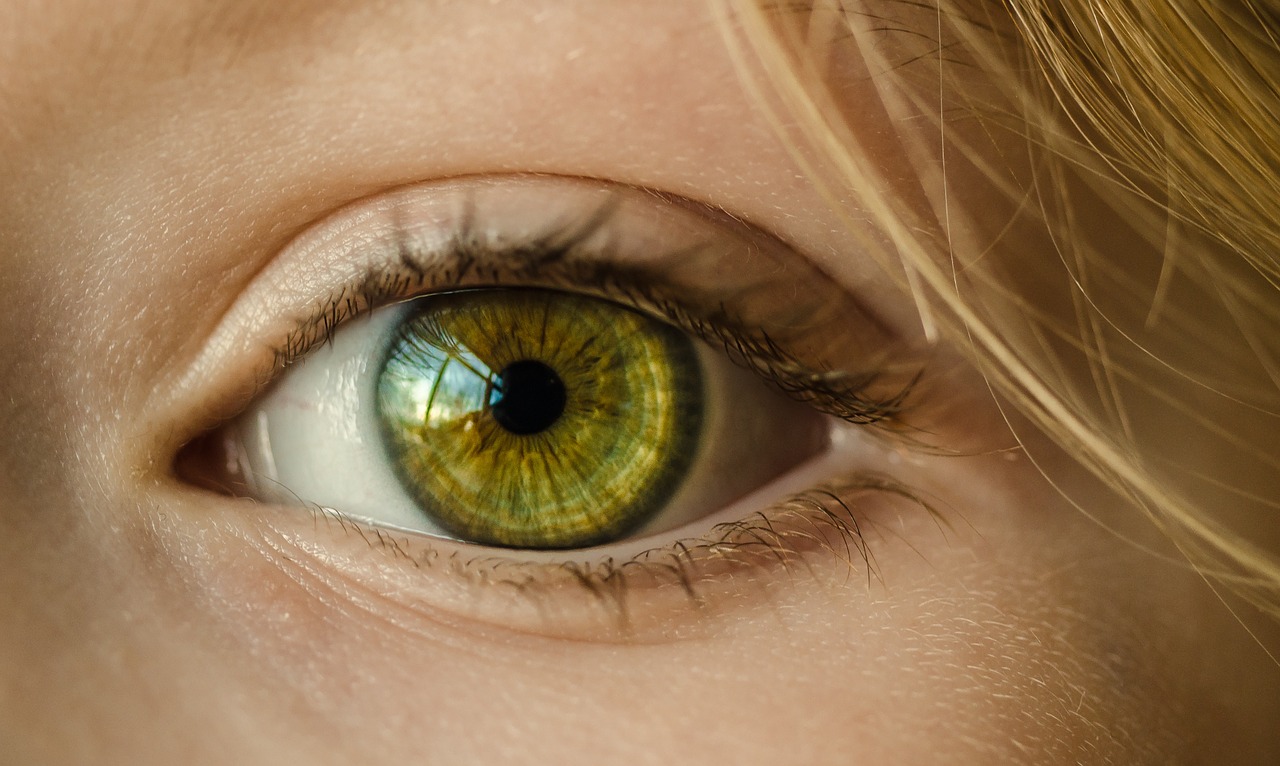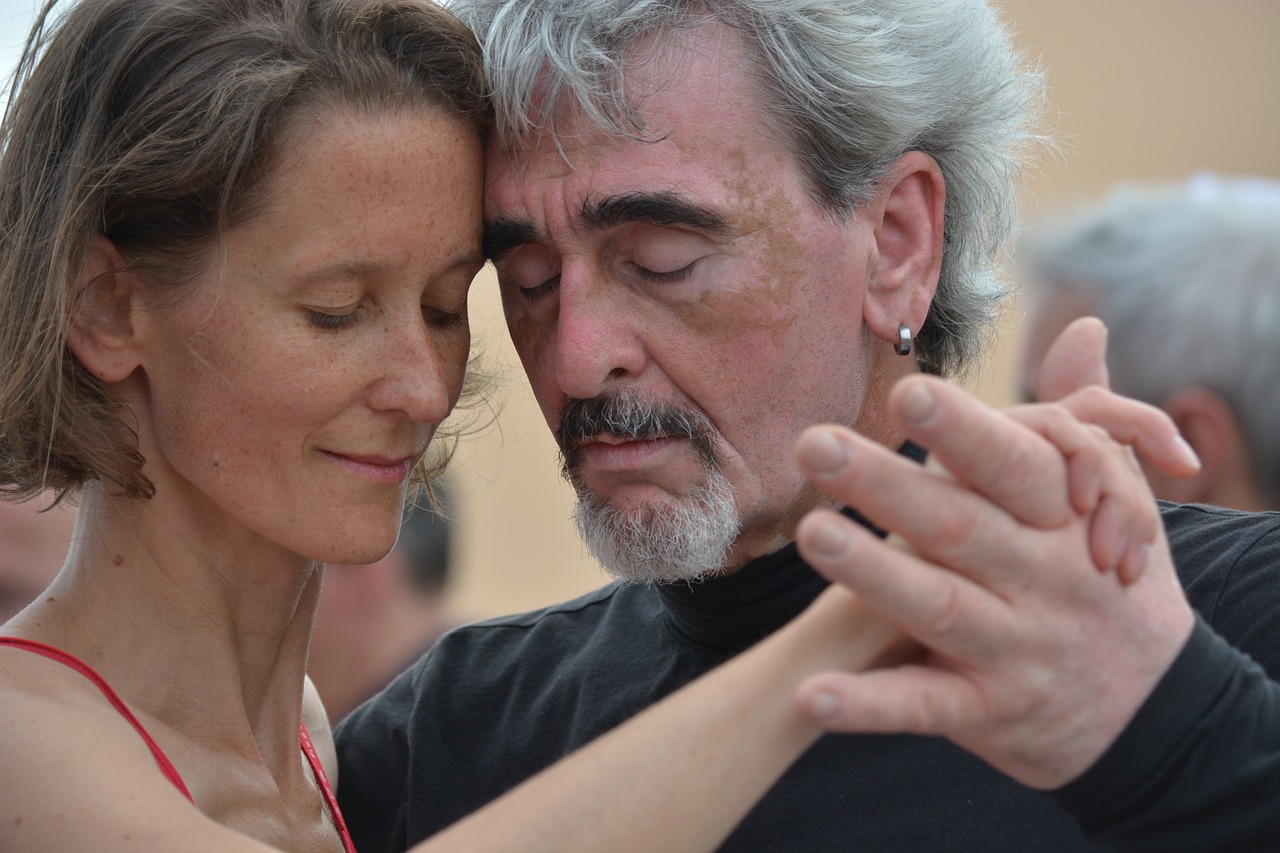I learned about the connection between the eyes/vision and movement of the body in an online course run by my friend and "Wisdom Coach" Cheryl Townsley, where a tutorial showed how, looking up or down with the eyes (not via movement of the head) creates an immediate increase in the range of specific arm/shoulder motions. I could quickly check this was indeed true for myself. Indeed, the connection between eye and body movement is so important that professional athletes are being trained in these types of techniques, and are given specific eye exercises to improve sports performance!
Read MoreDance Therapy for Parkinson's Disease
Of all the therapies and modalities we’ve discussed here, I believe the most beneficial overall for progressive symptom reduction and movement recovery are Dance based. Here we define Dance Therapy broadly and simply as “moving to music or a beat”
Read MoreColoring and Dot-to-Dot Book Therapy for Parkinson's Disease
I immediately had a gut feeling this was likely to be one of those "ah ha!" moments, due to the following reasons:
- visual stimuli are massively important for People with Parkinson's;
- the shrinking of handwriting is a classical symptom of Parkinson's onset and we need to constantly challenge all such symptoms to keep the disease at bay;
- relaxation and escaping ingrained stress response is absolutely key to improving symptoms of Parkinson's;
- continually trying something new and challenging our brains to create new neural pathways is key to pushing the disease back and back.
Movement Recovery with Yo-Yo Stress Balls
Deb had the unique insight that a kind of stress ball (a squeezy, bouncy ball which fit the human hand well) which comes with an attached elastic string and a velcro finger or wrist strap would be hugely beneficial. She based this on our discoveries of how some hand-eye co-ordination movements are relatively easy for people with Parkinsonsim's. She was right!
Read More

